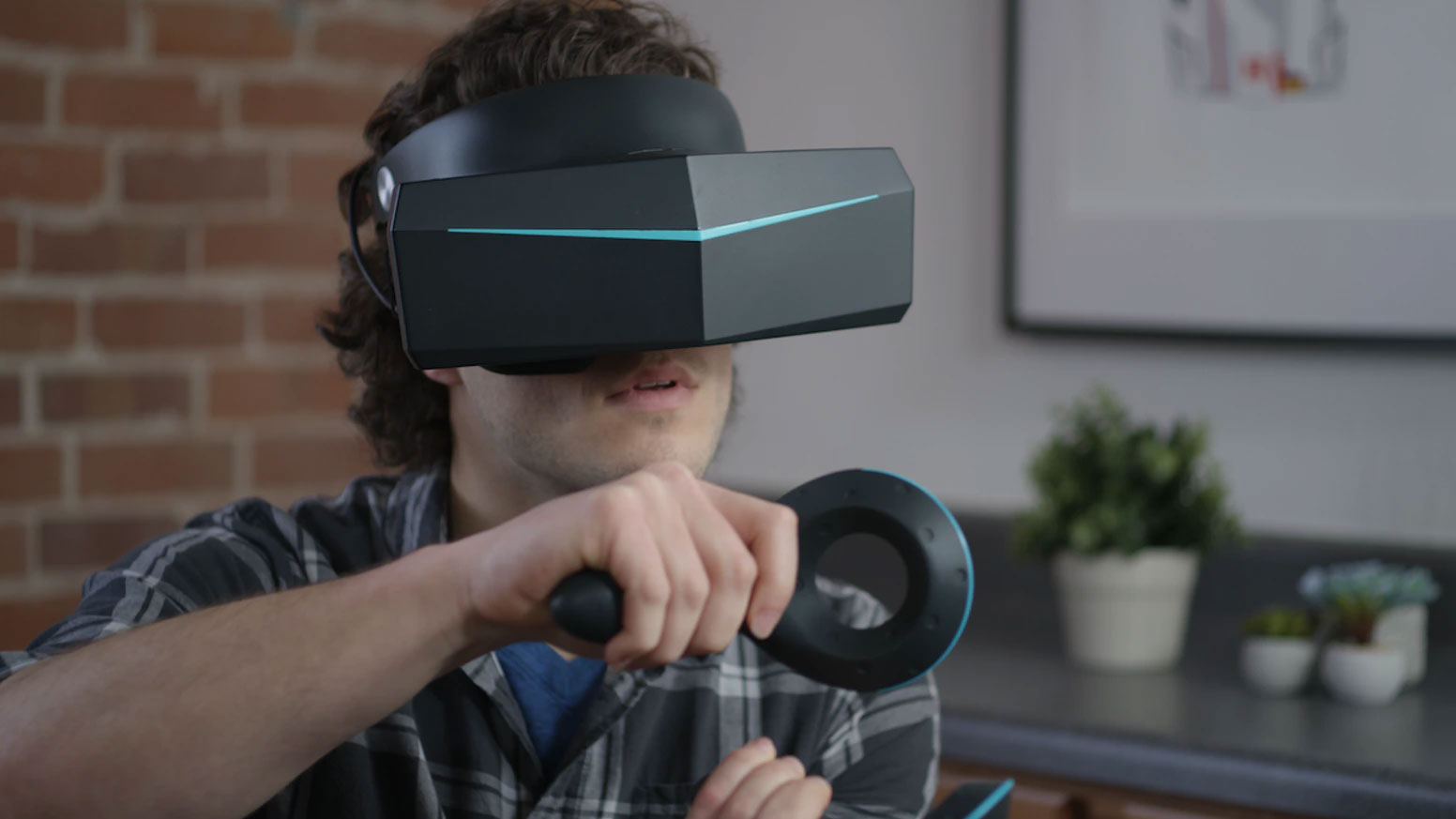Pimax admits the obvious, GTX 1070 can’t take full advantage of 8K VR headset
Is anyone really surprised?

Rendering VR content in 8K requires some serious horsepower, more than Pimax may have initially anticipated when its Pimax 8K headset first landed on Kickstarter. At the time, the company said a GeForce GTX 1070 would suffice. Now nearly a year later, the company says it will not be enough in some instances.
In a recent progress update that was spotted by TomsHardware, Pimax concedes that users will need a more powerful graphics card to fully power the Pimax 8K.
"Performance has been improved by 30-40 percent for the new games, including Unreal 4.18 or later, most Unity games, and Oculus 1.17 or later. We will share a list of games we have tested so far. GTX 1070 is the minimum graphics cards that we can run 8K with, however, GTX 1070 cannot utilize the full potential of Pimax 8K," Pimax said.
While the Pimax 8K will still run on a GeForce GTX 1070, it can't handle the full 200 degrees field of view (FOV) it offers. Pimax recently updated the headset's software to support narrower FOV options, and now we know why.
For what it's worth, Pimax says the GeForce GTX 1070 performs better on the Pimax 5K than the Pimax 8K (obviously), and for users who do not plan to upgrade their GPU, they have the option of swapping their 8K headset for the 5K model.
The catch with doing that is Nvidia is getting ready to introduce next-gen GeForce GPUs, perhaps on August 20. It's not yet clear how the performance will compare to the current generation of Pascal cards or how pricing will shake, but the launch could drive down the price of current cards like the GeForce GTX 1080 and 1080 Ti.
Pimax referenced this in its update.
Keep up to date with the most important stories and the best deals, as picked by the PC Gamer team.
"Another good news is that the next-generation graphics cards and VR technology are around the corner. We cannot disclose details, but you can find relevant information online," Pimax said.
The good news is that the Pimax 8K is a promising headset, power requirements be damned. We tried it out back in January, noting at the time that "200-degree is the real deal," and that the higher resolution really did make a profound difference in VR experience. You can read more about it here.
Paul has been playing PC games and raking his knuckles on computer hardware since the Commodore 64. He does not have any tattoos, but thinks it would be cool to get one that reads LOAD"*",8,1. In his off time, he rides motorcycles and wrestles alligators (only one of those is true).


